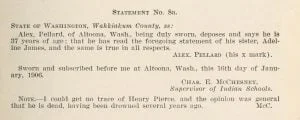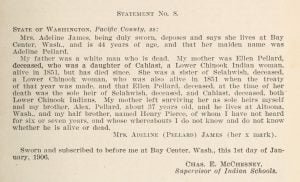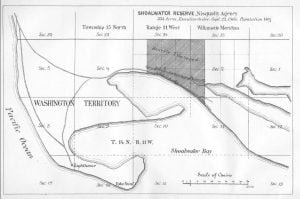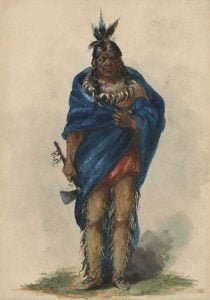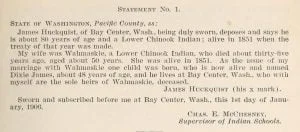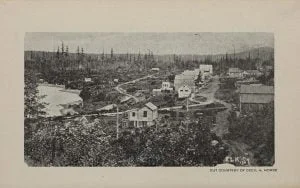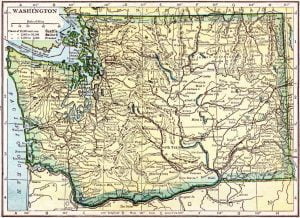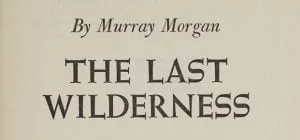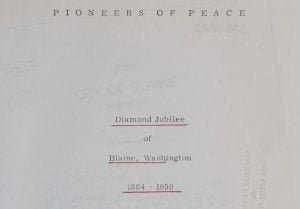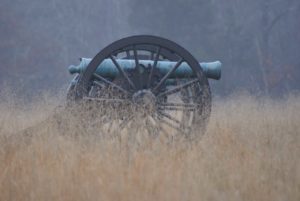“The Young Family of Bristol” by Walter Jorgensen Young is a comprehensive genealogical study tracing the lineage and history of the Young family, primarily focusing on their roots in Bristol and their subsequent spread to various regions in the United States, including Virginia, North Carolina, and Kentucky. Published in 1937, this 55-page manuscript has garnered significant recognition in the field of genealogy and history, evidenced by Young’s accolades from various esteemed societies. Michael Cadet Young (b.1684/1685) emigrated in 1716 from England to what is now Columbia, South Carolina, moving shortly to Brunswick County, Virginia. Descendants and relatives lived in Virginia, Kentucky, New York, Ohio, Washington and elsewhere. Additional family names researched include: Head, Hieatt, Jacoby, Mitchell, Morton, and Price families. This PDF is free to read or download.



